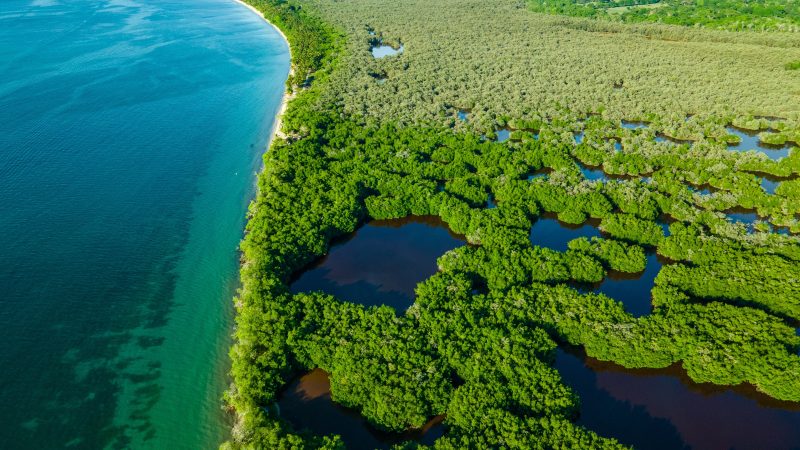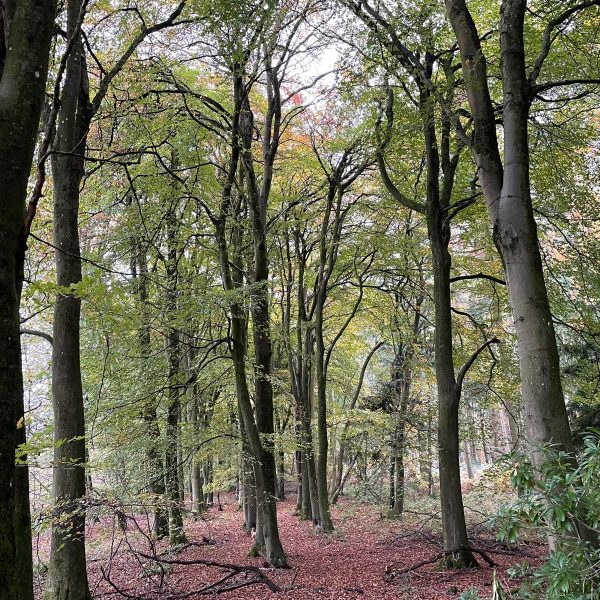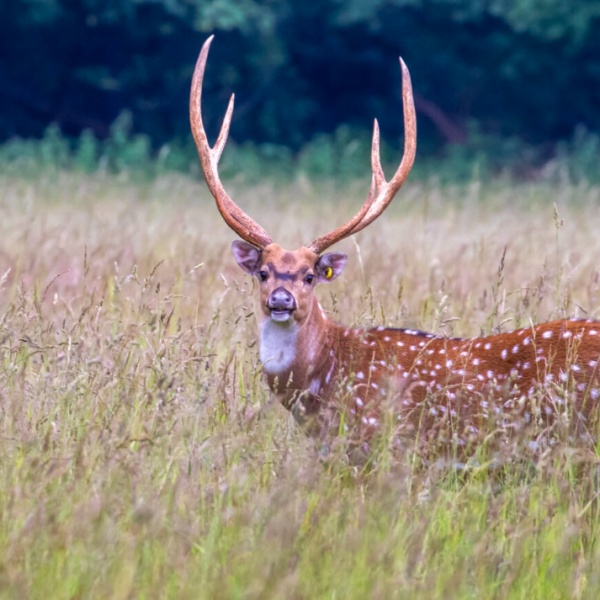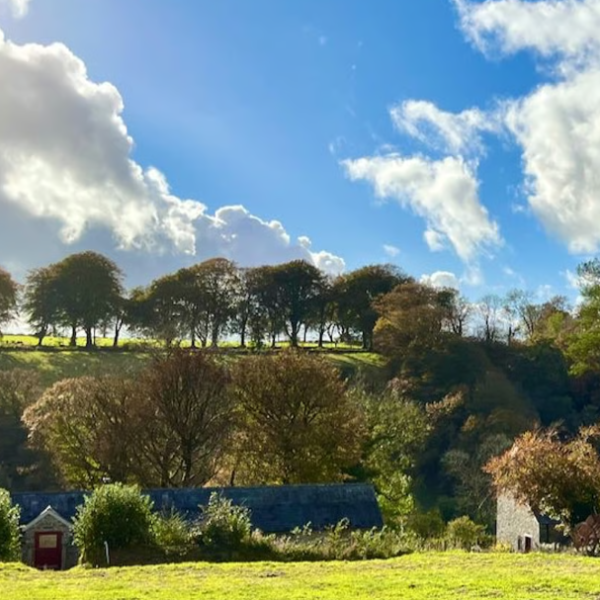Why biodiversity and climate change are inextricably linked
Nature is a source of beauty and wonder. It also works to protect us. Forests and jungles help create rain that water our crops. Their roots prevent landslides and help reduce flooding. And most importantly, in our current climate, these natural ecosystems absorb and store carbon in vast quantities. Our oceans store a phenomenal 38,000 gigatons (Gt) of carbon. 16 times more than all the carbon stored in plants and soil and 60 times more than the pre-industrial atmosphere. And yet, over time, humans have altered 75% of the Earth’s land surface and 66% of its ocean environments. Since 1990, we have “lost” 420 million hectares of forest and half of the world’s coral reefs since 1950. Addressing the High-Level Segment of COP16 on Biodiversity at Cali in Colombia last October, the UN Secretary General did not mince his words: “Nature is life. And yet we are waging a war against it. A war where there can be no winner. Every year, we see temperatures climbing higher. Every day, we lose more species. Every minute, we dump a garbage truck of plastic waste into our oceans, rivers and lakes. Make no mistake. This is what an existential crisis looks like.”
Net Zero’s poor relation
So, what are we doing about it? Well, you’d have thought we would be matching the $1.4 trillion we are spending every year on developing clean energy. After all, protecting biodiversity is probably the most efficient way to control carbon emissions there is. And yet the OECD estimates that annual spending on protecting biodiversity is less than £100 billion.
At the Global Biodiversity Framework in Montreal , 196 governments from around the world pledged to protect and restore 30% or more of the Earth’s water and land by 2030. However, similar promises about preserving global biodiversity have failed to materialise in the past. One way to avoid future disappointments, is to emphasise the inextricable links between enhancing biodiversity and the widely held goal of reaching net-zero carbon emissions. Every year, over 25% of the CO2 emissions from industry and agriculture is absorbed by the world’s natural ecosystems. Protecting and enhancing that precious resource is critical in addressing runaway climate change.

More bang for your carbon buck
Tighter emissions regulations and carbon-pricing schemes are driving many businesses to devote the majority of their time and cash to cutting their carbon footprint. However, most still see biodiversity as a luxury that is beyond their remit. That attitude must change. Safeguarding biodiversity is an extremely efficient way to control carbon emissions and more of the world’s governments’ rising expenditure on mitigating and adapting to climate change, should be aimed at protecting and enhancing biodiversity. Some estimates have suggested that schemes to manage carbon-rich peatlands and wetlands and to reforest cleared land could provide over a third of the emissions reductions needed to prevent more than 2°C of global warming. The key to justifying that is better monitoring and measurement. Historically, offsetting has been seen as somewhat unproven way of dealing directly with the carbon emissions from a business. Better guidelines and practice can help make offsetting more credible and so can new technology. Drones and satellites can improve the measurement of biodiversity and accounting systems can measure how spending on biodiversity compares with funnelling cash into other kinds of carbon management. For smaller businesses, who don’t have the resources to invest in distant schemes, finding local nature initiatives to support and get involved with will make a difference.
Breaking the doom loop
Currently the Earth is in a vicious cycle. Global warming causes damage to ecosystems and, as a result, they lose their ability to absorb carbon. Every degree of global warming threatens the lives of plants and animals. According to the UN, a 2°c rise in temperatures would rob 8% of mammals of half their habitats while a 3°c rise will push that figure up to 41% of mammals.
The Amazon, once paraded as one of the world’s great carbon sinks, is now actually a source of carbon – emitting 13% more CO2e than it captures, largely due to fires lit to clear land for cattle and planting crops such as palm oil. The irony is that the deforestation is leading to drought which in turns reduces the viability of the newly obtained land for agriculture and raises the risk of wildfires. For instance, following a particularly dry Spring, attributed to climate change, a fire on degraded peatland in Scotland doubled the nation’s greenhouse gas emissions for the entire period it was burning. Conversely, once restored and rewetted, peatland has the capacity to store many times more carbon than all the world’s forests combined.
Spending money on helping nature and biodiversity shouldn’t just be seen as an act of philanthropy, it makes total sense and supporting, and encouraging your guests understand and contribute to, such efforts, can be a central and compelling part of your sustainability and carbon reduction stories.
You can also have a positive impact on global biodiversity loss, by examining your supply chain and avoiding products such as soy and palm oil, which are largely grown on land that was once rainforest. You can also check that any fish you serve is from sustainable fisheries and isn’t the product of damaging practices such as trawler dredging or aquaculture activities that have displaced mangrove swamps.









